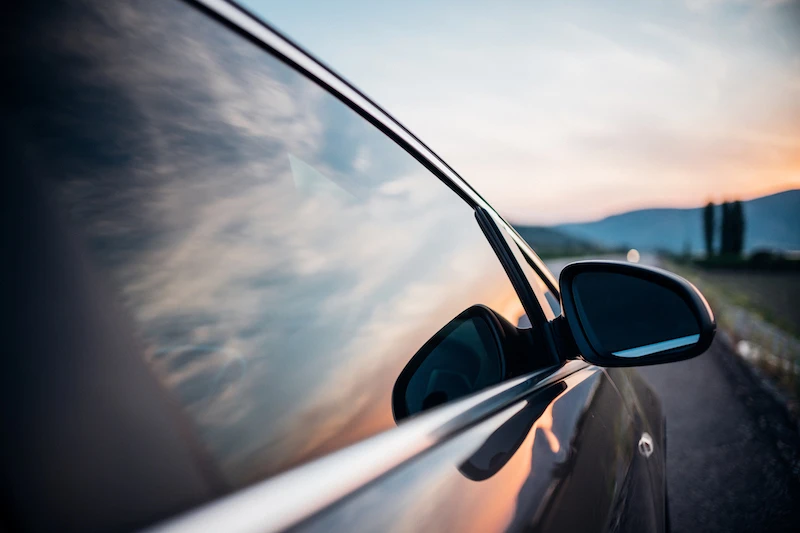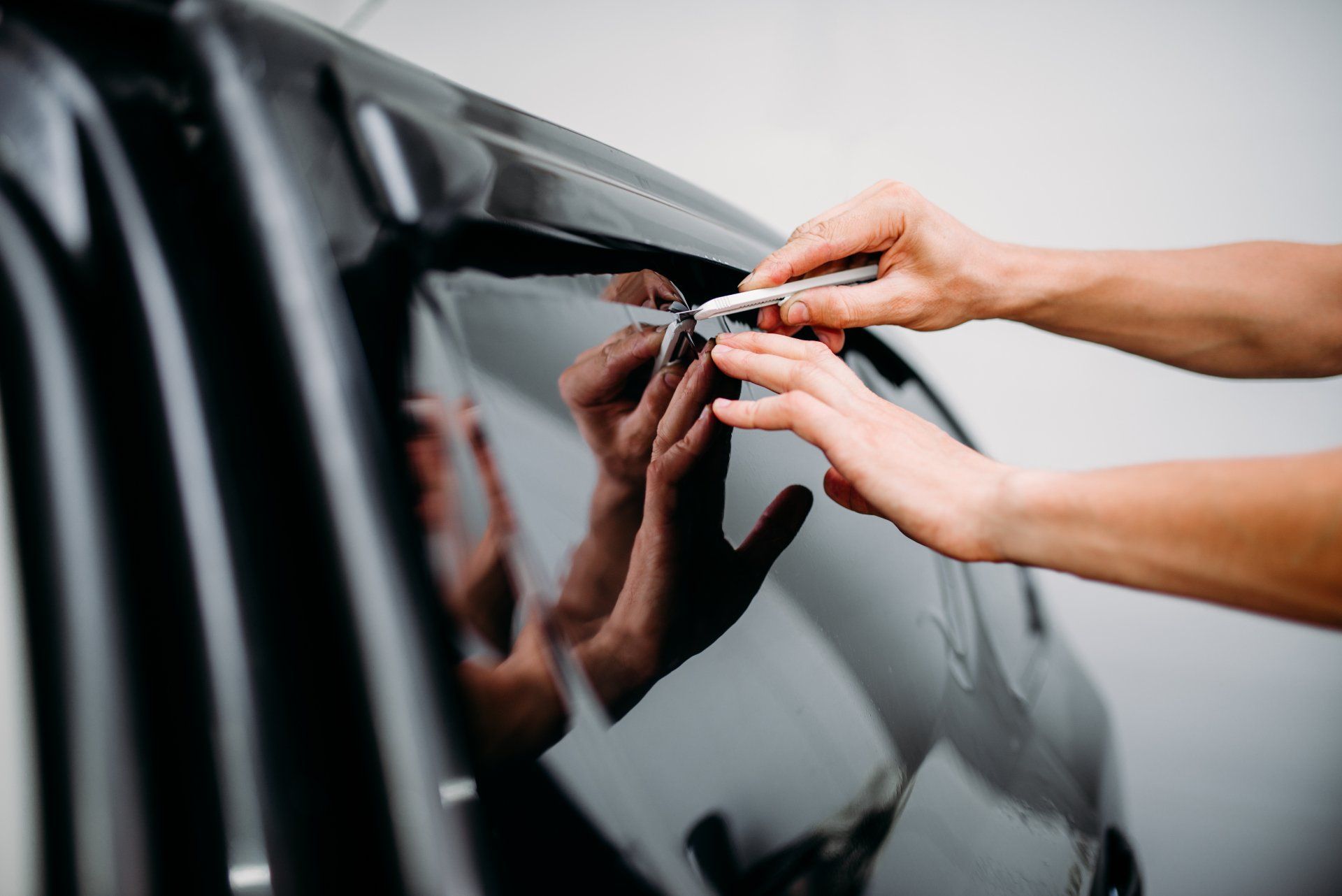Essential Variables to Think About When Picking Window Color for Your Car
Choosing the right home window tint for your vehicle entails a cautious analysis of several crucial factors that can dramatically impact both validity and capability. Recognizing local policies regarding Noticeable Light Transmission (VLT) is critical to stay clear of possible penalties. The choice of home window tints varies extensively, including alternatives that offer differing levels of UV protection and warmth rejection, each with unique advantages. Additionally, the option between professional setup and do it yourself approaches can influence both price and quality. Each of these aspects plays a crucial duty, but there are still considerations that might shock you.
Lawful Rules and Restrictions

For instance, some states allow darker colors for back windows while enforcing more stringent restrictions on front windows. Additionally, policies may determine certain shades or products that can be made use of, banning metallic or reflective tints in particular cases.
It is vital to take into consideration not only the aesthetic wishes however additionally the functionality and security ramifications of window tinting. Legal restrictions frequent location to make sure exposure for both the motorist and police. Prior to installation, car owners should familiarize themselves with their regional legislations, which can typically be discovered on state transportation internet sites or through local regulation enforcement firms. Following these laws will aid make certain compliance and avoid potential lawful issues.
Kinds Of Window Color
Home window color comes in numerous types, each designed to satisfy different demands and choices. One of the most common kinds consist of colored, metalized, ceramic, and crossbreed colors.
Colored home window tint is preferred for its aesthetic appeal, offering an uniform look while reducing glow. Metalized color, on the various other hand, incorporates metallic bits that show heat and UV rays, enhancing resilience and offering exceptional performance.
Ceramic home window color is a costs option, providing outstanding warm being rejected and UV defense without endangering presence. Its non-metallic construction guarantees that it does not interfere with electronic signals, making it a suitable option for sophisticated lorries. Last but not least, crossbreed tints integrate the benefits of colored and metalized movies, supplying an equilibrium of appearances and performance.
When selecting a home window color, it's critical to take into consideration each kind's attributes and just how they align with your details needs for personal privacy, heat denial, and visual appeals.
UV Protection and Warmth Being Rejected
A substantial aspect to consider in window color selection is the degree of UV security and warmth rejection it supplies. Picking a window color that offers high UV defense is vital for guarding both residents and the lorry's materials.
Along with UV protection, heat being rejected is an additional crucial aspect. Tints furnished with innovative technology can reflect and soak up solar power, keeping the car colder and decreasing dependence on cooling. window tinting. This not just enhances comfort yet can additionally lead to enhanced gas performance, particularly in warm climates
When assessing different tint alternatives, look for those with a high Visible Light Transmission (VLT) percentage while preserving efficient UV and infrared warm rejection capabilities. Products that meet these criteria typically suggest remarkable top quality and efficiency, making certain that your lorry continues to be a comfy and secure setting. Eventually, buying credible home window color that succeeds in UV security and warm being rejected will certainly produce long-lasting advantages for both wellness and car upkeep.
Installation Techniques and Costs
Choosing the right home window tint includes not only recognizing its safety functions here but likewise thinking about the installation approaches and connected costs. There are largely 2 installment techniques: professional setup and DIY application. Expert installment normally guarantees a top quality coating, as skilled technicians make sure that the color is used smoothly without bubbles or blemishes. This degree of expertise often comes at a premium, with prices ranging from $200 to $600 relying navigate to this website on the lorry type, the window dimension, and the tint high quality.
On the various other hand, do it yourself packages are available at a lower rate point, usually between $50 and $150. Nevertheless, they require a certain level of ability and persistence, as inappropriate application can bring about unacceptable results. It's vital to adhere to the supplier's guidelines diligently and allow ample time for installation
In addition, take into consideration the possible prices of removing or changing poorly set up tint, which can intensify quickly. Ultimately, picking one of the most proper setup technique depends upon stabilizing budget plan constraints with the need for top quality, durability, and aesthetic allure of the home window tint.
Upkeep and Long Life
Correct maintenance is essential for ensuring the longevity of your lorry's home window color. Regular cleansing and treatment can considerably affect weblink the appearance and durability of the color - window tinting. It is suggested to wait at the very least a week after installment before cleaning the home windows to enable the glue to treat fully
When cleaning up tinted home windows, utilize a soft microfiber towel and a gentle, ammonia-free cleaner. Harsh chemicals can deteriorate the tint, leading to peeling off or discoloration. Prevent using rough materials, as they can damage the surface and jeopardize the tint's stability.

Evaluate your window color regularly for any kind of indications of damage, such as gurgling or discoloration. Early detection allows for prompt repair services, preserving the color's performance and visual charm. By adhering to these upkeep practices, you can boost the longevity and visual high quality of your vehicle's home window tint, ensuring it remains a attractive and practical attribute for several years to find.
Conclusion
In conclusion, choosing the suitable window color for a vehicle requires careful consideration of various variables, consisting of legal guidelines, kinds of tint available, and the double benefits of UV security and warmth rejection. Regular maintenance is vital to make sure the durability of the tint.
Choosing a home window color that supplies high UV defense is crucial for guarding both owners and the automobile's materials. Ultimately, spending in trusted home window tint that stands out in UV security and heat denial will certainly produce long-lasting benefits for both health and wellness and vehicle upkeep.
Correct maintenance is essential for guaranteeing the longevity of your lorry's home window tint. By sticking to these upkeep methods, you can improve the longevity and aesthetic high quality of your vehicle's window tint, ensuring it continues to be a appealing and functional attribute for years to come.
In final thought, selecting the ideal window color for an automobile necessitates careful factor to consider of different factors, including legal laws, types of color available, and the twin benefits of UV security and heat denial.